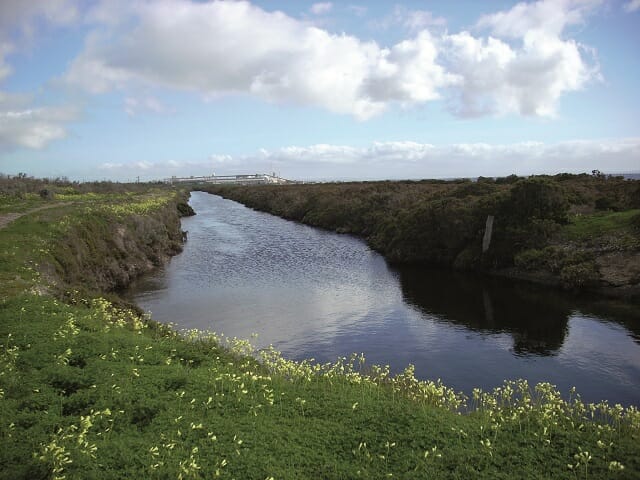
Unlike Tetra Tech Coffey’s other industrial clients, the Department of Defence in Australia provides almost every service that an entire city would. In addition to Defence-related actions, the department operates hospitals, provides training, services complex machinery, distributes fuel, and maintains a large estate.
To keep the machine running, the department has created a set of common standards, processes and procedures that control everything from procurement and access, through to disposal. So, in order to work with Defence on issues of contamination, consultants need to be sensitive to long-standing community relationships and work within the relevant procedures.
Due to the scale of Defence operations and estate, and the proximity to communities, public and media attention can escalate quickly, and be sustained for a long period as multiple communities become engaged across a country or region. The same expectation of transparency and regional action is less often applied to industrial companies.
What about PFAS?
When it comes to PFAS, for the most part, the chemical goes where the water goes, and as a persistent chemical, product that was used and discharged 20 years ago is likely still present somewhere in the environment. This means that the PFAS contaminating a water way today, may have started its journey through soil leaching and groundwater flow decades ago, or it may be the result of a recent movement of contaminated soil to the waterway.
Within a catchment there may also be dozens of other sources of PFAS contamination from firefighting foams, manufacturing, landfills or wastewater treatment plants. To effectively manage such a persistent and widespread chemical, consultants need to know the distribution of contamination in the environment, and understand how water moves through soil, groundwater, and creeks and drains.
Developing environmental remediation targets is complex, as the extent of contamination after 20 years of migration and dispersion means zero tolerance is not a plausible option, however, a robust risk assessment can identify priority exposure pathways and a good site model can provide some basis to establish proportional actions.
Developing a management strategy is the best approach for consultants, when trying to put together a management strategy, and there are three main steps to take, which happen to have strong parallels to self-defence.
Step 1 – Mitigate the attack
Following risk assessment, the key human exposure pathways can be identified and addressed. In most cases globally, that has meant providing alternative water supplies where drinking water is contaminated. Immediate actions might also apply to stopping a primary source (change the product use, repair leaking tanks).
Step 2 – Improve your position
Depending on the site situation, geology and climate, there are many actions that could potentially reduce leaching from soils and infrastructure, divert contaminated drain water away from rivers, or reduce groundwater migration.
Each action will improve the isolated position but may not be effective enough to have measurable improvement in overall risk of exposure. Understanding the site model, and which areas are contributing by what mechanism, is the only way to direct efforts to actions with the best chance of success.
Step 3 – Maintain safety
The state of knowledge is continually evolving for PFAS in relation to criteria and analysis. The physical conditions on investigated sites also change with severe weather patterns or modifications to drainage, and ongoing monitoring programs provide confidence that changes to risk profile will be identified.
Driving innovation in this space
There are so many areas of development in PFAS remediation and proven techniques generally relate to immobilisation or separation, and suppliers are able to provide more selective and efficient products each year. Companies like Tetra Tech Coffey are supporting the research into the development of several innovative approaches, including enhanced biodegradation for destruction and removal of PFAS from contaminated concrete to support recycling.
The biggest improvement that we can help our clients achieve right now though, is to recognise where PFAS is being emitted to the environment and develop proportionate mitigation measures, using the most appropriate technologies from the range currently available, to reduce the future risk and liability.
What about the future?
In my opinion, I think PFAS has awakened the public interest and concern about contaminants in the environment. Due to the persistence and widespread use of PFAS, detectable concentrations can be found almost anywhere, and professionals in the environmental science and engineering fields are challenged every day with defining the difference between pollution that can be meaningfully addressed, and low level contamination as a result of multiple diffuse sources.
I think in the next few years, as the body of information about ambient and regional concentrations is shared, we will get better as an industry at focusing our efforts on the areas where valuable improvement to impact can be achieved, and hopefully we can engage with the public and help bring them along.